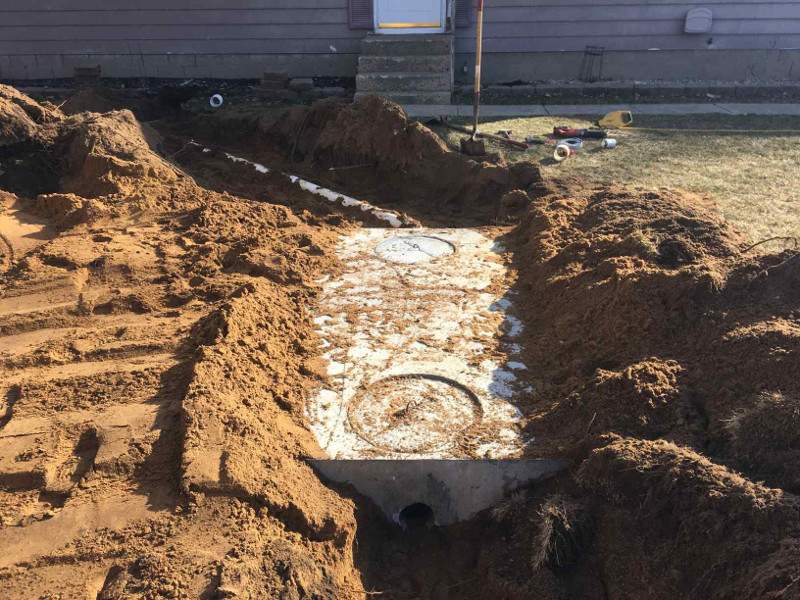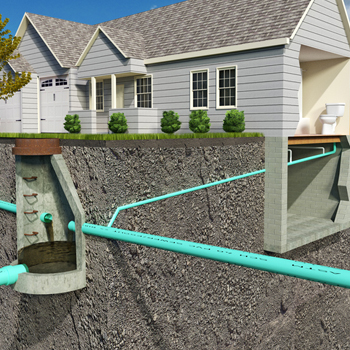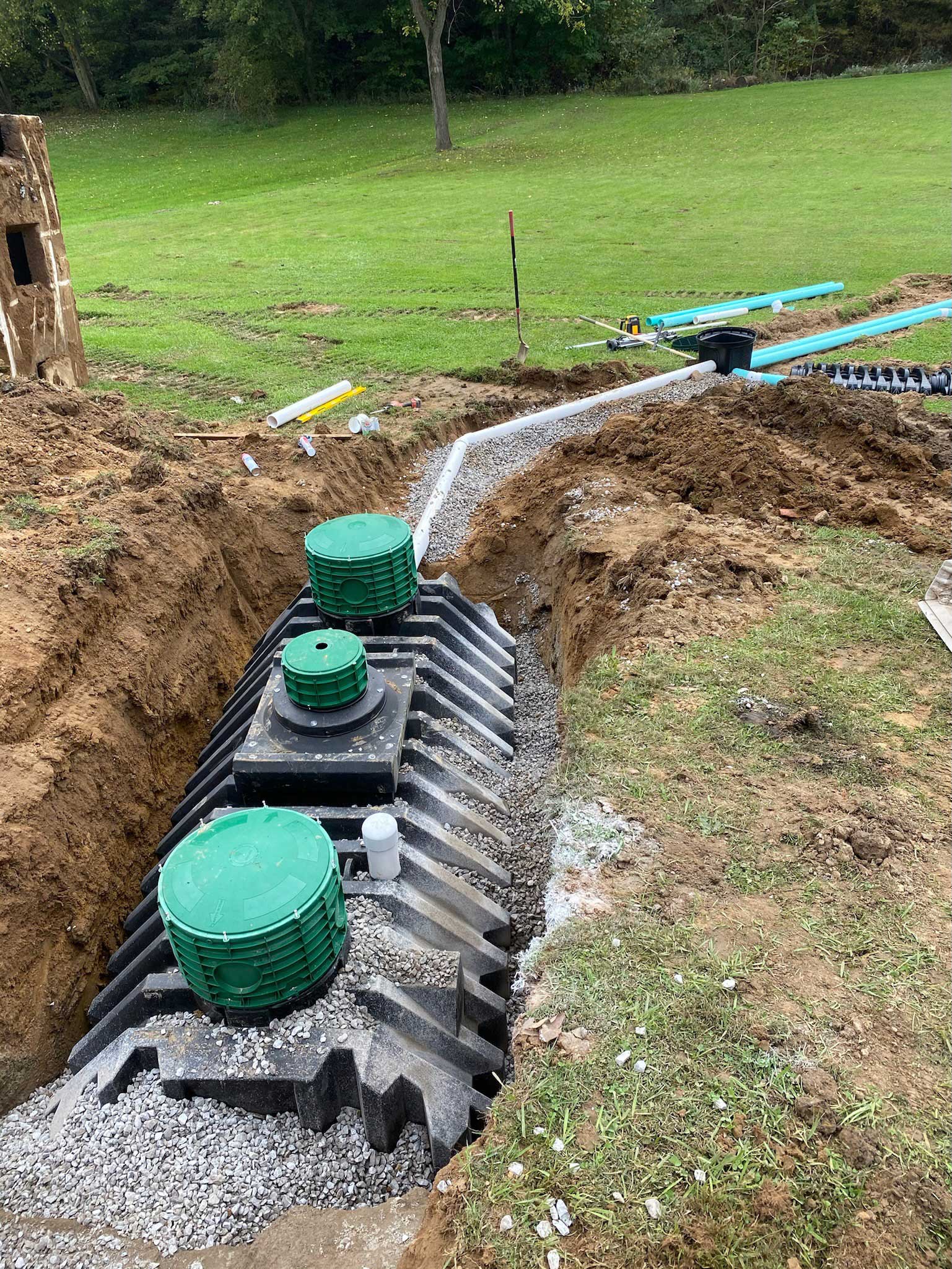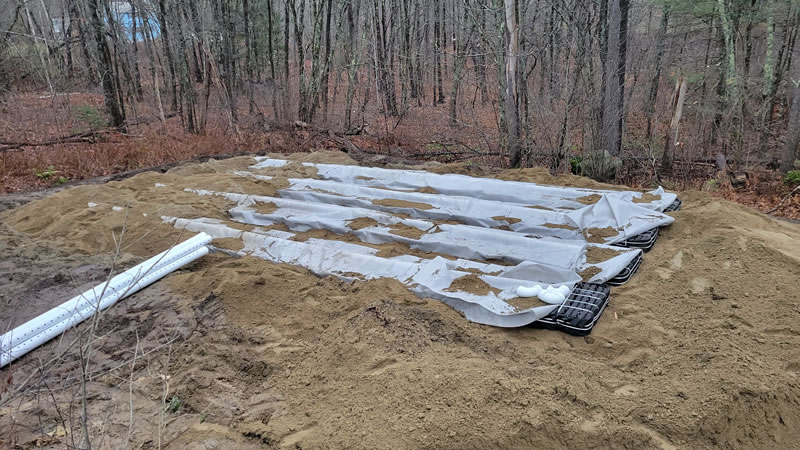Expert Sewer Line Repair Lancaster OH: Resolving Below Ground Problems
Expert Sewer Line Repair Lancaster OH: Resolving Below Ground Problems
Blog Article
Trusted Septic Installations for Residential Characteristics
When it comes to the important infrastructure of household buildings, reputable septic installations play a critical function in guaranteeing effective waste administration systems. Recognizing the details of septic setups, from selecting the ideal system to the installation procedure and subsequent upkeep, is critical for home owners looking for a trusted and resilient remedy for their property's sewer needs.

Advantages of Reputable Septic Installments
Installing a reliable septic tank not only makes sure efficient wastewater administration but likewise advertises ecological sustainability and residential or commercial property value retention. By buying a properly designed septic tank, property owners can significantly reduce the risk of groundwater contamination and surface water contamination. Effectively dealt with wastewater from septic systems can aid shield neighborhood water resources and communities, adding to a healthier setting for both existing homeowners and future generations.

Additionally, a reliable septic system can enhance the general residential property value. Prospective buyers are frequently ready to pay even more for a home with a well-kept septic system in position, as it signifies a dedication to building maintenance and environmental obligation. This can offer house owners a competitive edge in the realty market and ensure a better return on investment over time.
Selecting the Right Septic Tank
After identifying the benefits of dependable septic installations, the next important step for home owners is to very carefully select the appropriate septic tank that aligns with their residential property's specific needs and environmental factors to consider. When picking a septic tank, it is important to take into consideration aspects such as home size, soil kind, water level degree, and local laws.
For smaller homes or those with minimal area, a standard septic system might appropriate. These systems include a sewage-disposal tank and a drain field and are reliable for buildings with sufficient dirt permeability. In contrast, larger properties or areas with high water tables might call for advanced systems like aerobic treatment units or mound systems to make sure proper wastewater treatment.

It is also essential to examine the maintenance demands and long-lasting expenses related to various septic systems. House owners need to think about variables such as pumping regularity, inspection demands, and possible repair work when making their decision. By thoroughly assessing these considerations, property owners can choose a septic system that not just meets their property's demands yet additionally promotes environmental sustainability.
Factors to Take Into Consideration Prior To Installment
Prior to proceeding with the installment of a septic system, detailed website assessment and dirt screening are crucial important link actions to make certain optimal capability and long life of the system. Site assessment includes examining factors such as the building's topography, closeness to water sources, and the size of the residential or commercial property to identify the most ideal area for the septic system. By meticulously taking into consideration these variables prior to setup, house owners can make sure a trusted and reliable septic system tailored to their home's particular needs.

The Installation Refine Clarified
To start the installment visit homepage process of a septic system for a home, the very first step includes careful excavation of the marked location complying with the approved website plan. This excavation is essential as it sets the foundation for the entire septic tank. When the location is dug deep into to the required deepness and dimensions, the following step is the installment of the septic system. The sewage-disposal tank is placed in the ground, making certain correct positioning and leveling. Adhering to the container setup, the drainpipe area pipes are outlined in trenches filled up with gravel to facilitate correct water drainage. The pipelines are then covered with dirt, allowing the effluent to progressively filter into the bordering ground. After the setup is full, a final inspection is performed to make certain that the septic system fulfills all guidelines and functions effectively. Correct setup is essential for the lasting functionality and effectiveness of the septic tank, making sure a dependable wastewater therapy option for the residential home.
Maintenance Tips for Durability
Correct maintenance of the septic system is necessary to ensure its longevity and proceeded effective procedure, complying with the precise installment procedure crucial for houses. Routine pumping is essential to protect against solids from accumulating in the tank and possibly clogging the system. It is advised to have the sewage-disposal tank inspected and pumped every 3-5 years, relying on home dimension Going Here and water usage. Furthermore, being mindful of what is purged down the tubes can dramatically affect the wellness of the septic system. Prevent flushing non-biodegradable products, chemicals, oil, and excessive quantities of house cleansers, as these can interrupt the natural biological procedures within the tank. Conserving water use by fixing leakages and spreading out washing loads can likewise assist keep the balance within the system. Preserving a healthy and balanced drainpipe field by refraining from driving or developing over it, growing trees at a secure distance, and preventing the usage of hefty machinery on the area can extend the general life expectancy of the septic system.
Conclusion
By picking the best septic system and taking into consideration crucial factors before installment, home owners can appreciate a problem-free and durable service. The installment process need to be brought out diligently, and regular maintenance is essential to extend the lifespan of the septic system.
Report this page